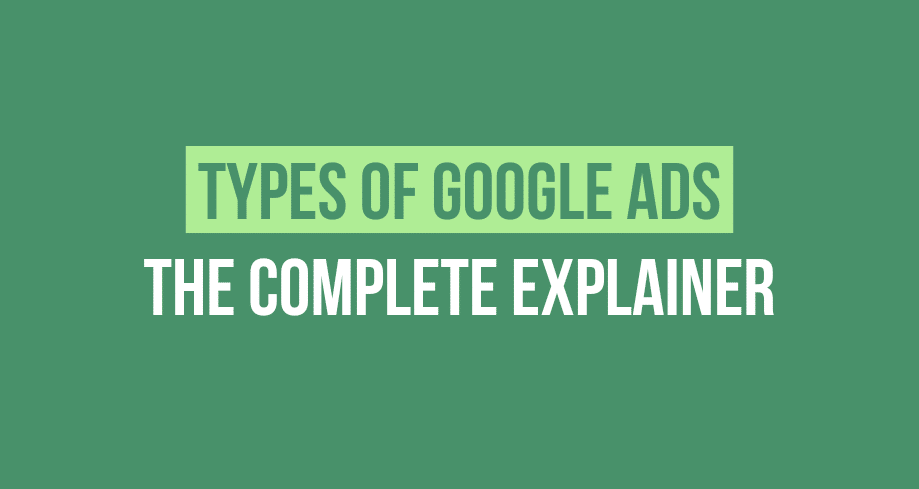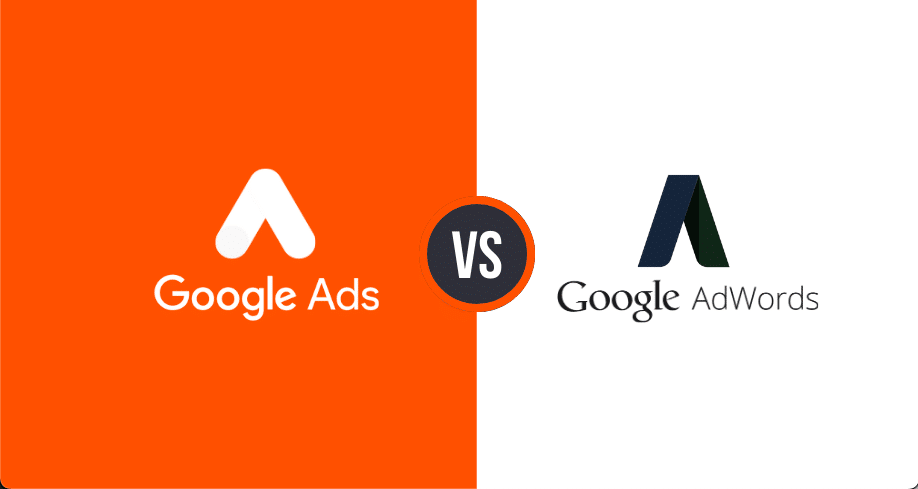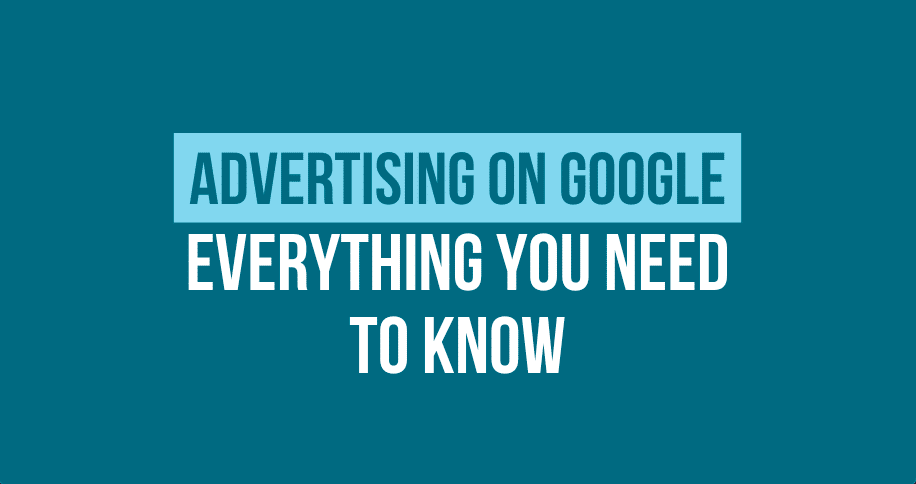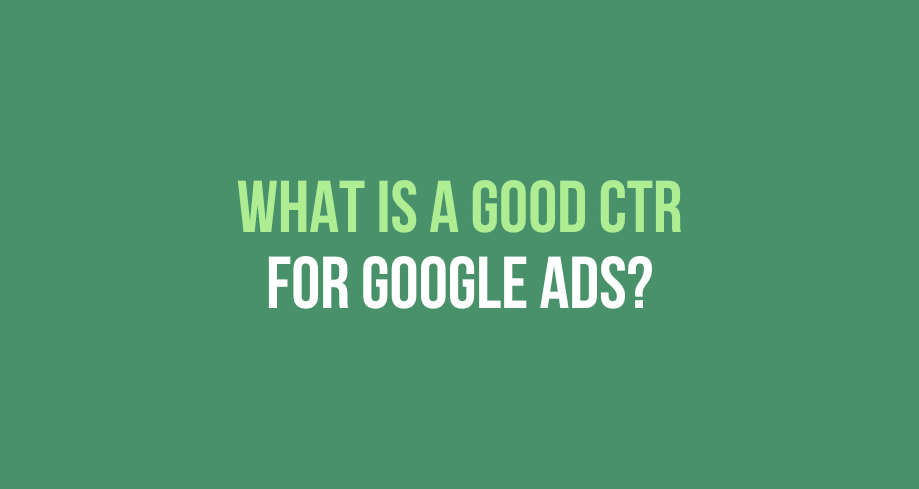An effective online presence is crucial for businesses looking to thrive and succeed. Among the myriad marketing strategies available, Google Ads stands out as a powerful tool that can significantly impact the success of your marketing efforts. By harnessing Google’s immense reach and influence, businesses can connect with their target audience in a highly targeted and effective manner.
Whether you’re a small business owner looking to attract local customers or a global corporation aiming to expand your online presence, this blog post will equip you with the knowledge and tools necessary to update your marketing efforts with various types of Google Ads. Let’s dive in and unlock the potential of Google Ads to propel your business toward success.
Understanding Google Ads
Google Ads is an online advertising platform developed by Google that allows businesses to create and display ads across various Google services, including search results pages, websites within the Google Display Network, YouTube, and mobile apps. It is a pay-per-click (PPC) advertising system, where advertisers bid on specific keywords to display their ads to relevant audiences.
Google Ad campaigns provide advertisers with a range of targeting options, including geographic location, demographics, interests, and search intent, allowing them to narrow down their audience and maximize the relevance of their ads. All you need is a Google ads account to get started.
Google ads come in many forms:
- Search ads
- Responsive search ads
- App campaigns
- Dynamic search ads
- Video ad campaigns
- Shopping campaigns
- Text ads
However, we will focus on the main types of Google display ads today that you will likely encounter online.
Search Network Ads
Search network ads are a type of Google Ads that appear on Google’s search engine results pages (SERPs). These ads are displayed above or below the organic search results and are designed to be relevant to the user’s search query. When a user enters a search term or keyword, the search network ads are triggered and displayed based on the advertisers’ bids, ad quality, and relevancy.
Key features and advantages of search network ads
- Precise targeting options for reaching potential customers: Search network ads provide advertisers with precise targeting options to reach potential customers. Advertisers can target their ads based on keywords, location, language, device type, and specific audiences. This level of targeting ensures that ads are shown to users actively searching for products or services related to the advertiser’s offerings, increasing the chances of conversion.
- Ad placement on Google search results pages: One of the primary advantages of search network ads is their placement on Google’s search results pages. These ads appear prominently at the top or bottom of the page, above or below the organic search results. This prime ad placement increases visibility and attracts the attention of users actively seeking information or solutions, providing advertisers with a valuable opportunity to capture their interest and drive engagement.
- Cost-effective pay-per-click (PPC) model: Search network ads operate on a cost-effective pay-per-click (PPC) model. Advertisers only pay when someone clicks on their ads, ensuring they are only charged for user engagement. This model allows businesses to set budgets and bids according to their specific needs and objectives, ensuring cost control and maximizing their advertising campaigns’ return on investment (ROI).
Display Network Ads
Display network ads are a type of Google Ads that appear on websites within the Google Display Network (GDN). The Google Display Network consists of millions of websites, blogs, and apps that partner with Google to display ads. Unlike search network ads, display network ads are not triggered by specific search queries but are strategically placed on relevant websites based on targeting options.
Benefits and use cases of display network ads
- Wide reach and visibility on various websites: Display network ads offer a wide reach and visibility across a vast network of websites, allowing businesses to showcase their ads to a broad audience. This extensive reach enables advertisers to expand their brand presence and increase their exposure to potential customers.
- Effective for brand awareness and remarketing: Display network ads are highly effective for brand awareness campaigns. They enable businesses to create visually appealing ads including images, videos, or interactive elements. These visually engaging ads can captivate users’ attention and leave a lasting impression, helping to build brand recognition and recall.
- Different ad formats (text, image, video) available: Display network ads offer versatility in terms of ad formats. Advertisers can choose from various formats, including text, image, and video ads. This flexibility allows businesses to tailor their ad content to suit their goals, target audience, and creative preferences. Different formats can be used to convey specific messages, showcase products or services, and elicit user engagement.
Video Ads
Google video ads have witnessed significant growth in digital marketing due to the rising popularity and consumption of online video content. With platforms like YouTube gaining immense traction and video content becoming a preferred choice for many users, video ads have become an essential component of a comprehensive digital marketing strategy. Video ads offer businesses a captivating and immersive way to engage with their target audience, convey their brand message effectively, and leave a lasting impact.
Benefits of using video ads to engage and attract audiences
- Higher engagement rates and user interaction: Video ads have the ability to capture users’ attention and evoke emotions more effectively than other ad formats. They offer a dynamic and engaging medium that can incorporate visuals, sound, storytelling, and motion to create a compelling narrative. As a result, video ads tend to have higher engagement rates and encourage users to interact with the content, whether it’s watching the full video, subscribing to a channel, or visiting a website. Just make sure you use the right video ad formats for your ad.
- Targeting options based on demographics and interests: Video ads provide robust targeting options, allowing businesses to reach their ideal audience based on demographics, interests, and online behavior. Advertisers can target specific age groups, genders, geographic locations, and even interests to ensure their video ads are shown to the most relevant viewers. This targeting precision enhances the chances of capturing the right audience’s attention and achieving higher conversion rates.
- Placement on YouTube and Google Display Network: Video ads can be placed on YouTube, the second-largest search engine and a highly popular platform for video consumption. With billions of users and diverse content, YouTube offers a vast business audience reach. Additionally, video ads can also be displayed on the Google Display Network, allowing advertisers to extend their reach to many websites, apps, and streaming services that partner with Google.
Shopping Ads
Shopping ads, or product listing ads (PLAs), are a type of Google Ads that allow e-commerce businesses to showcase their products directly within search results. These ads display visually appealing product listings with images, prices, and other relevant information. Shopping ads are particularly relevant for e-commerce businesses as they provide a highly effective way to promote and sell products online or on the Google Play store.
Advantages of using shopping ads for product-based businesses
- Visual product listings with detailed information: Shopping ads provide users with a visual and information-rich experience. These ads display product images, prices, titles, and other essential details, giving potential customers a clear understanding of what they can expect from the product.
- Targeted audience based on search queries and user intent: Shopping ads are triggered based on users’ search queries and intent to purchase.
- Increased visibility and potential for higher conversion rates: Shopping ads appear prominently at the top of search results, providing businesses with increased visibility and exposure.
App Ads
App ads play a crucial role in mobile marketing, considering the exponential growth of mobile app users worldwide. As more users rely on mobile devices for various activities, including entertainment, productivity, and shopping, app ads provide an effective way for businesses to promote their mobile applications and reach a vast audience of potential app users. App ads enable businesses to maximize their app’s visibility, increase app installs, and drive user engagement via Google app campaigns.
Benefits of using app ads to promote mobile applications
- Reach a wide audience of potential app users: App ads allow businesses to reach a wide audience by leveraging the extensive reach of advertising platforms, such as Google Ads. These ads can be displayed across various digital channels, including search results, mobile websites, and apps, ensuring broad exposure to users interested in discovering and downloading new mobile applications.
- Target specific demographics and devices: App ads provide precise targeting options to reach specific demographics and devices. Advertisers can define their target audience based on age, gender, location, interests, and device types. This targeting precision enables businesses to tailor their app ads to the most relevant users, maximizing the chances of attracting users who are more likely to engage with and benefit from their mobile application.
- Measure app installs and user engagement: App ads offer robust tracking and measurement capabilities, allowing businesses to monitor app installs and user engagement metrics. Advertisers can track the number of app installs generated through their ad campaigns, measure user interactions within the app, and analyze user behavior patterns.
Frequently Asked Questions
What is Google Ads, and how does it work?
Google Ads is an online advertising platform developed by Google. It allows businesses to create and display ads on various Google-owned platforms, including search results, websites, mobile apps, and video platforms like YouTube. With Google Ads, businesses can target specific keywords, demographics, locations, and interests to reach their target audience. The platform uses a pay-per-click (PPC) model, where advertisers pay only when users click on their ads.
What are the benefits of using Google Ads for my business?
Google Ads platform offers several benefits for businesses:
- Increased visibility: Google Ads allows you to display your ads prominently on search results pages and other online platforms, ensuring greater visibility and exposure for your business.
- Cost-effective: Google Ads operates on a pay-per-click model, meaning you only pay when someone clicks on your ad. This allows you to control your budget and allocate your ad spend efficiently.
How can I optimize my Google Ads campaigns for better results?
Here are some tips to optimize your Google Ads campaigns:
- Keyword research: Conduct thorough keyword research to identify relevant keywords your target audience will likely use in their search queries. Use these keywords strategically in your ad copy, landing pages, and campaign settings.
- Ad copy and relevance: Create compelling and relevant ad copy that matches the intent of the user’s search. Use clear and persuasive messaging to entice users to click on your ads.
Conclusion
Remember, the digital landscape constantly evolves, so staying informed and adapting your marketing strategies is crucial. Embrace the power of Google Ads, experiment with different ad formats, and continuously monitor and optimize your campaigns to achieve the best results. By keeping your marketing efforts up to date with the latest types of Google Ads, you can stay ahead in the ever-changing digital marketing landscape and drive success for your business.





